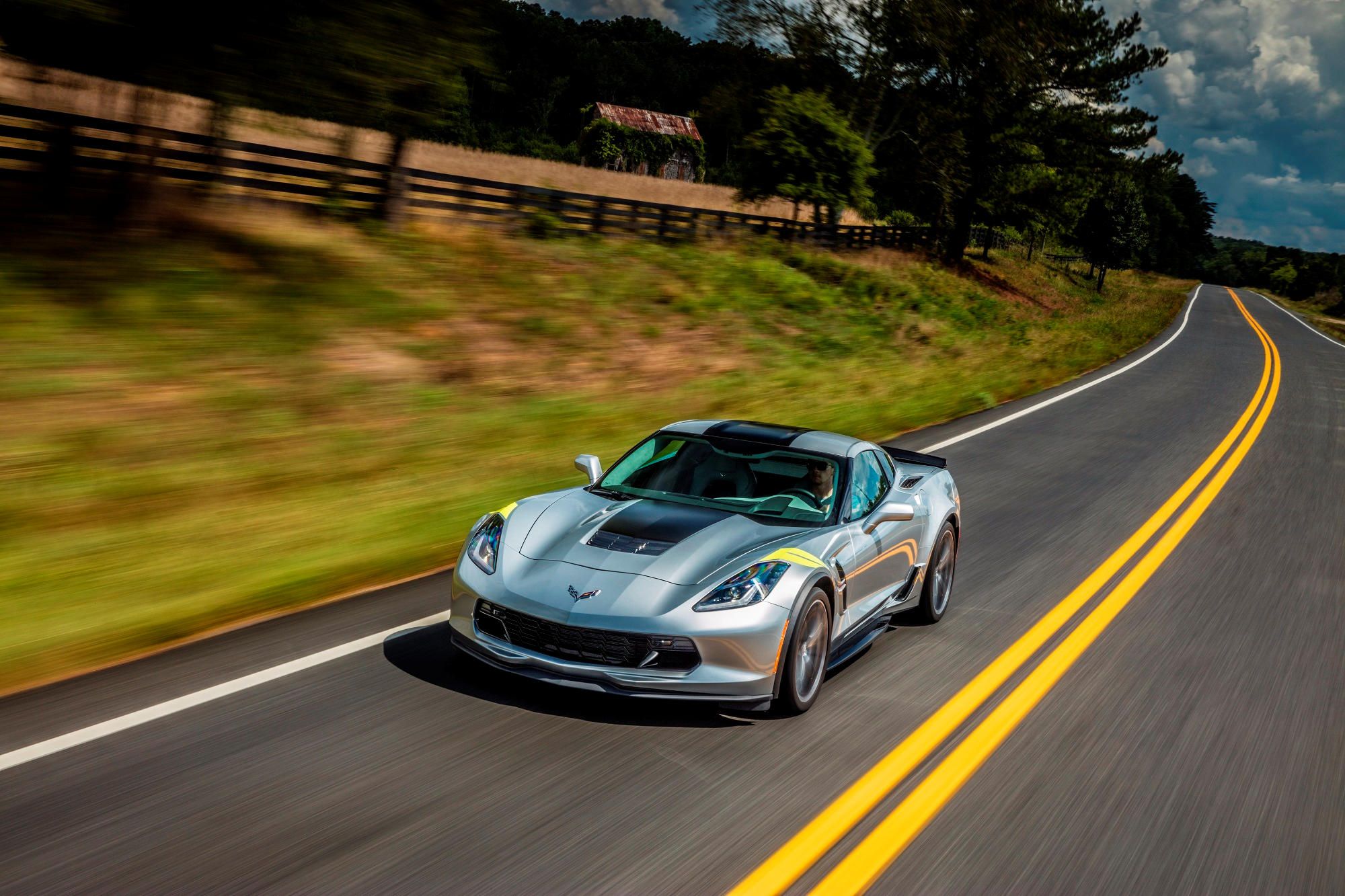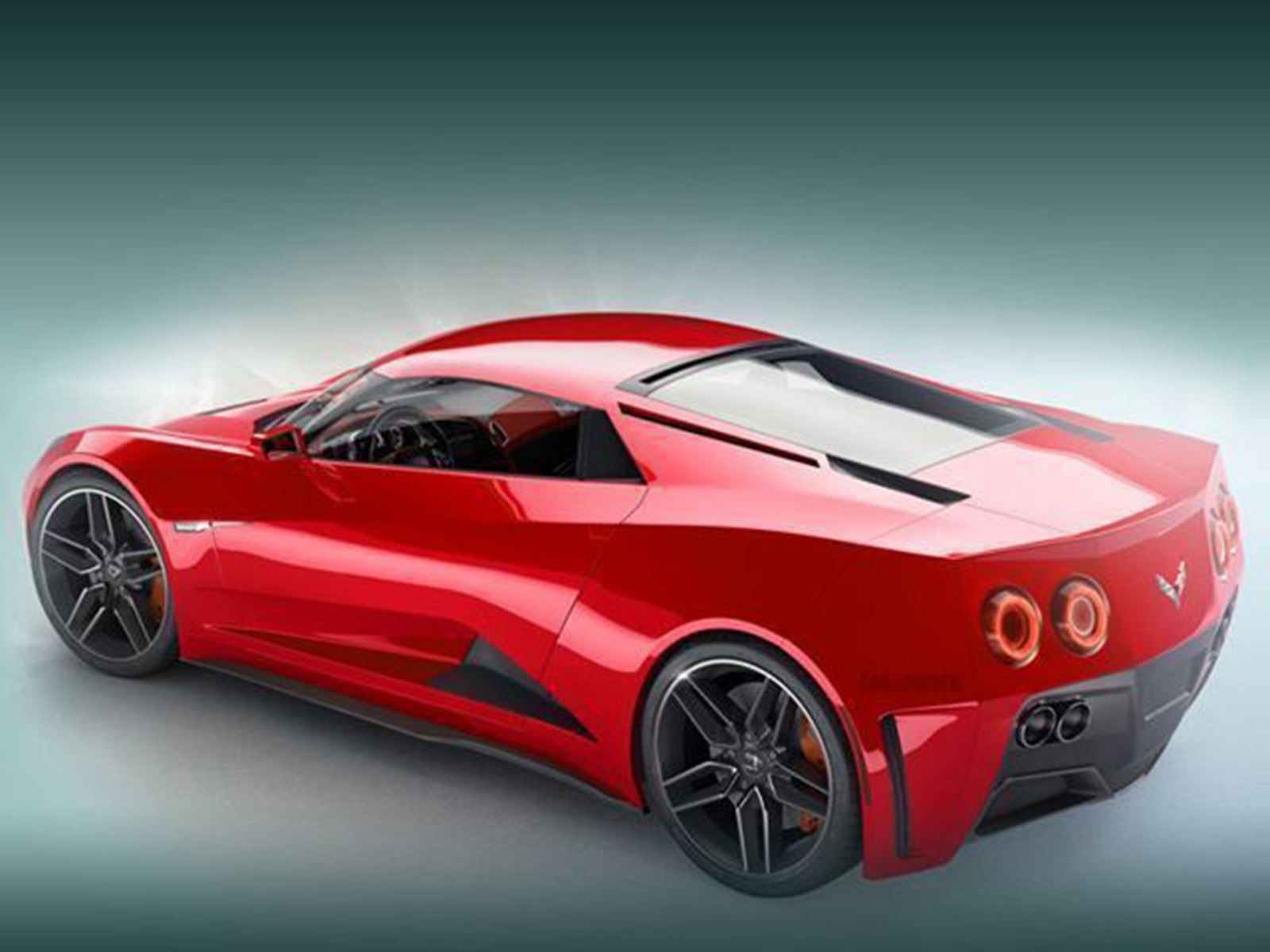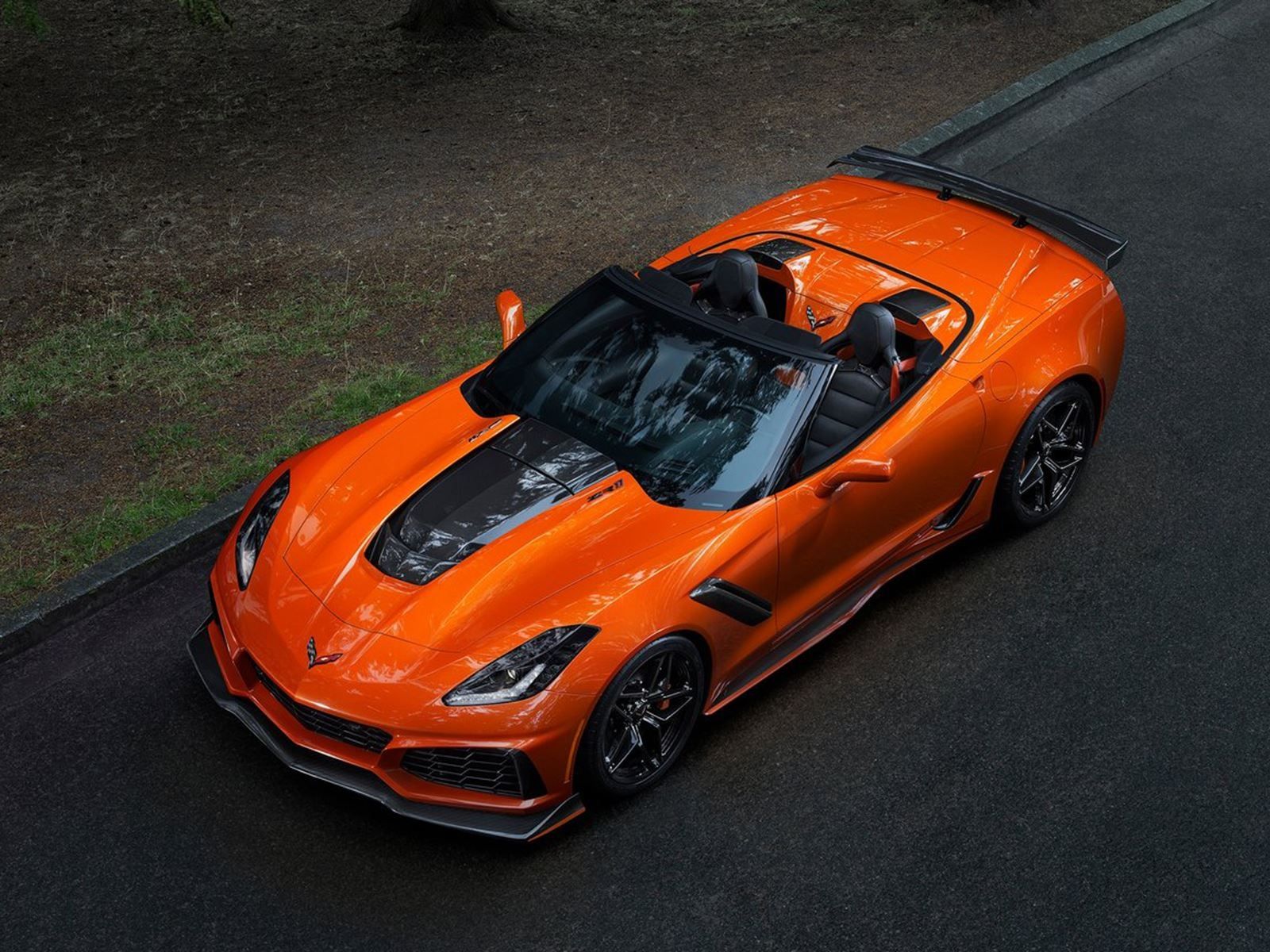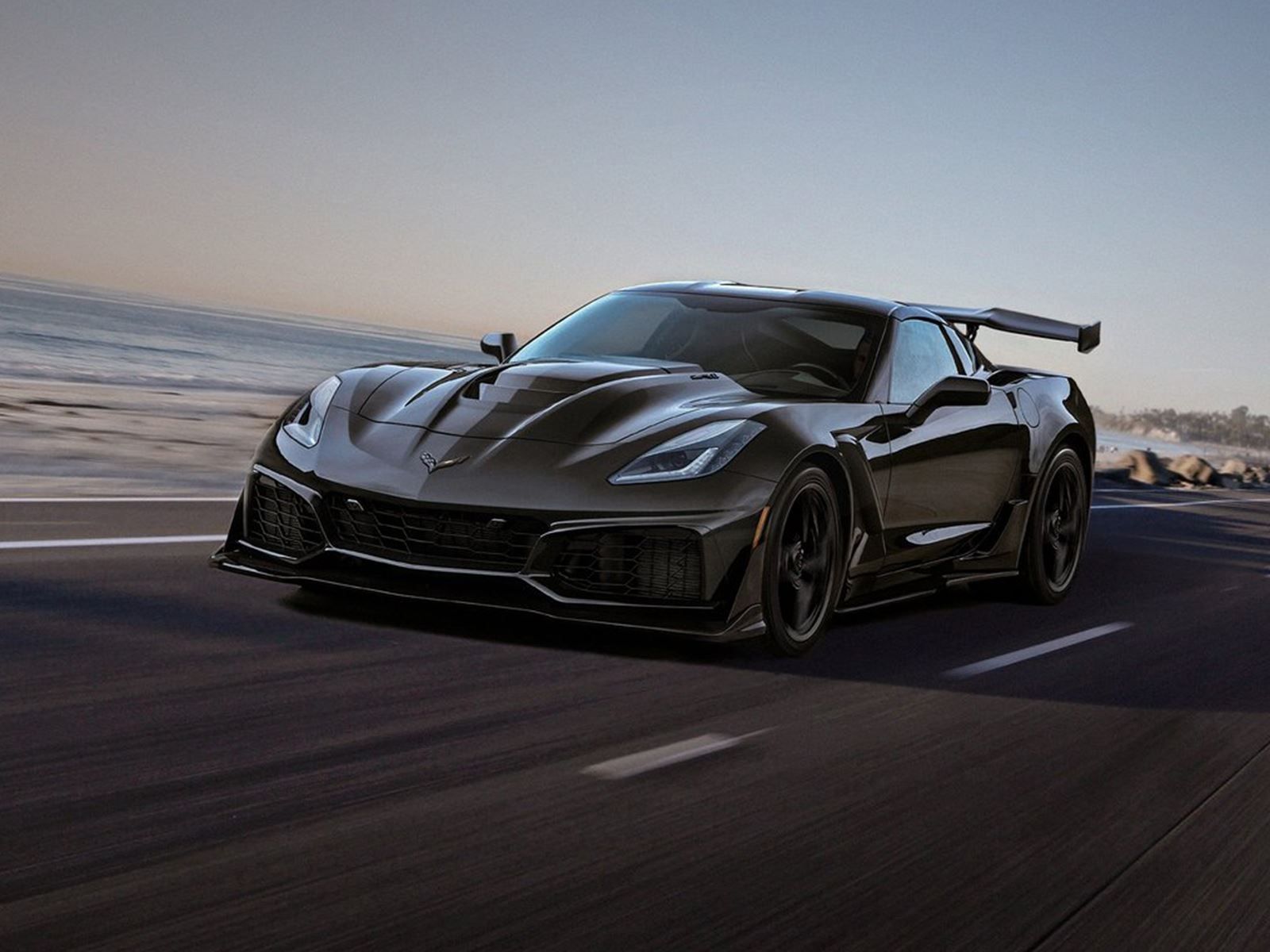
And just like Bitcoin's constantly fluctuating price leaves everyone-even those trying to sell a 720S using the cryptocurrency-in a constant state of flux between mania and depression, the upcoming emissions regulations that have yet to be rolled back by the current administration will make GM fans used to big V8s in the Camaro ZL1 and Corvette ZR1 disappointed when they finally force the General to downsize. However, that's a disappointment that GM doesn't want its fans to suffer, so it's working hard to soften the blow.
GM Inside News has stumbled onto a patent that outlines how GM plans to do that: by supplying massive horsepower without the regulators shutting down the whole operation using sophisticated engines. Published on October 24th, 2017 and recently getting the US Patent and Trademark Office's seal of approval are documents outlining an internal combustion engine with just about every fuel-saving and performance-enhancing technology possible loaded onto it. Downsized and turbocharged only begins to describe it. This twin-charged four-cylinder engine includes a high compression ratio and multistage boosting enabled by the low-flow supercharger and high-flow turbocharger.
That gets linked to "one or more electric motor/generators, none of which are shown," to provide boost in all rev ranges. On initial impression, the mix of a hybrid system (mild or otherwise), a high compression ratio, and extra boost using two separate methods of pressurizing the combustion chamber might sound explosive-especially when considering the latter two features of this small engine (though the technology could be applied to engines with more cylinders). High compression and extra pressure can be powerful but it's tough to make an engine that features that mix reliable. Harder still when it needs to be fuel efficient as well.
To combat preignition, GM is proposing one of two systems, both of which keep the intake valve open longer to allow some of the fuel-air mixture to escape so the mix doesn't blow up as the cylinder undergoes the compression stroke. One method is to replace the camshaft with mechanical or hydraulic actuators that control the valves, which gives the ECU more control of the show. Cams with a thicker and flatter lobe combined with variable valve timing technology are also viable alternatives, and both would help the proposed engine attain compression ratios as high as 16:1 (for reference, Formula 1 engines usually operate at ratios of 17:1).
As for the twin-charging setup, GM proposes having the supercharger powered by an electric motor or by the crankshaft, with the blower being managed by a CVT to keep it at peak boost no matter what RPM the engine is at. No mention of when or where GM plans to apply this technology, but at least it's good to know us gearheads are worth all that extra work.



